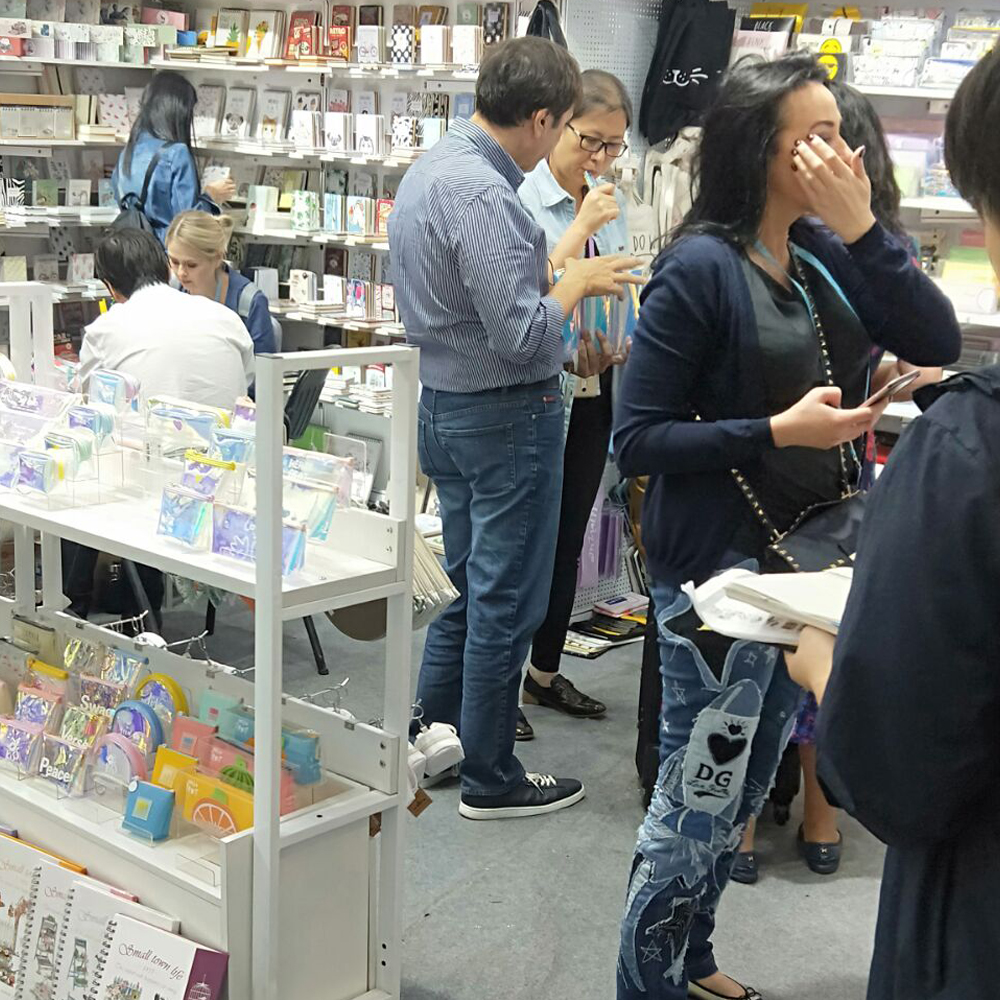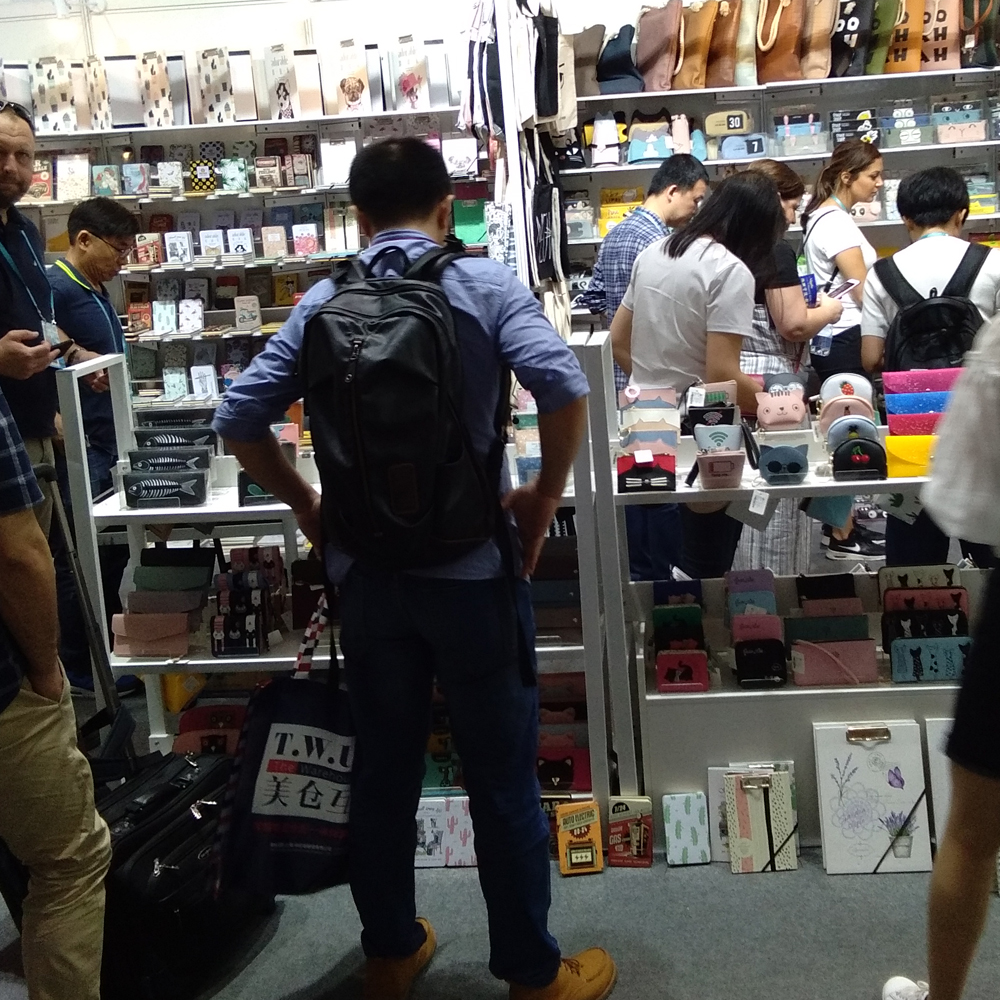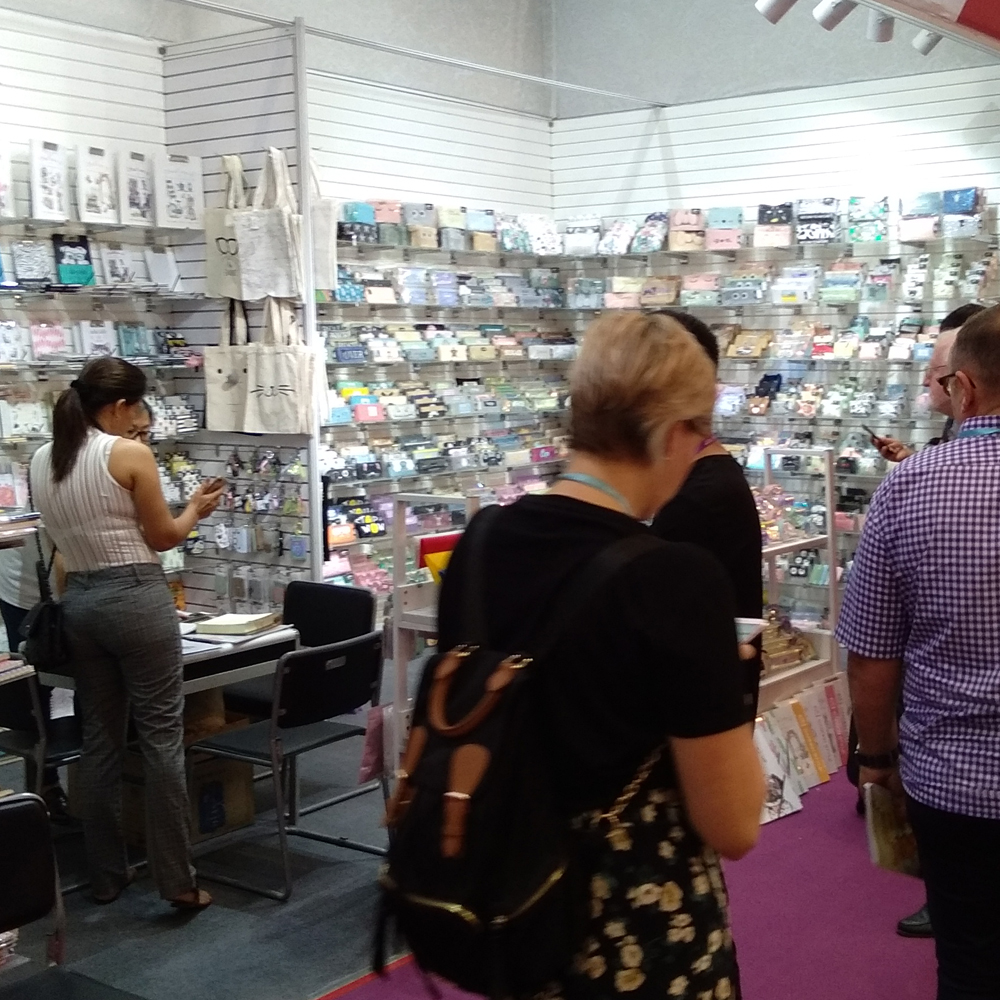1. Print ink thickness
Ink layers with thick solid prints are often difficult to bond with plastic films and will soon delaminate and foam. This is because a thick layer of ink changes the porous surface characteristics of the paper and closes the pores of the paper fibers, which seriously impedes the penetration and diffusion of the adhesive. The penetration of the adhesive to a certain extent is advantageous for the adhesion of the coating.
In addition, the print surface ink layer and ink layer are different, the adhesive wetting properties are also different. Experiments show that with the increase of the thickness of the ink layer or the increase of the area of ​​the image, the surface tension value is significantly reduced. Therefore, both monochromatic printing and multicolor printing are sought to control the ink layer to a relatively small degree.
The thickness of the printing ink layer is also directly related to the printing method. The printing method is different, and the ink layer thickness is also different. For example, the thickness of the ink layer of a lithographic product is approximately 1 to 2 μm, approximately 2 to 5 μm for embossing, and 10 μm for gravure printing. From the laminating point of view, the plain print is ideal and its ink layer is very thin.
2. Kinds of printing ink
The printed products that need to be covered should be fast-fixed bright offset inks. The binders of the inks are composed of synthetic resin, dry vegetable oil, high-boiling kerosene, and a small amount of gum. Synthetic resin molecules contain polar groups, and polar groups can easily diffuse and permeate with the polar groups in the adhesive molecules, and produce cross-links, forming physical and chemical binding force, which is conducive to coating; fast fixing This photo offset ink also has the advantage of quick drying of the ink layer after printing, and is also very beneficial to the coating. However, it is not advisable to put too much driers when using it. Otherwise, the surface of the ink layer will crystallize, which will affect the film coating effect.
3. Use of ink thinner
The ink diluting agent is a kind of substance that can make the color of the ink lighter. Commonly used ink diluting agents include white ink, weili oil and bright oil.
White ink is a kind of ink, composed of white ink pigments, binders and auxiliary materials. It is commonly used for light-color solid printing, spot color printing, and trademark pattern printing. The inferior white ink has obvious silt particles, which are not tightly combined with the binder. After the printing, the binder will penetrate into the paper quickly, and the pigment will float on the paper and hinder the adhesion. This means that some light-colored solid prints are often woody. The cause of the film.
The ink should be carefully selected before printing, and the self-inking agent with uniform fineness and no obvious particles should be used as a diluting agent.
Virgin Oil is a paste-like transparent body made by dispersing and rolling aluminum hydroxide and dry vegetable oil. It can be used to increase the luster of the printed surface and has excellent printing performance. However, the aluminum hydroxide is light and will float on the surface of the ink layer after printing. When the film is coated, an invisible barrier layer is formed between the adhesive and the ink layer, resulting in poor adhesion or foaming. It is slow to dry and has the property of inhibiting the drying of ink, which is also difficult to adapt to the film.
Bright oil is a fast drying agent from inside to outside. It is a colloidal transparent material made of resin, flat vegetable oil, and driers. It has a fine texture, a bright film, and a good affinity. It can firmly adsorb the polypropylene film on the surface of the ink layer. At the same time, bright oil can make the prints glossy and dry faster, printing performance is good. Therefore, it is the ideal ink thinner.
4. The addition and release of dusting powder is suitable for multi-color high-speed printing, and the dusting process is often used in offset printing to solve the drawbacks of back-grinding.
Spraying is mostly composed of cereal starch and natural suspended substances. The anti-sticking effect of dusting is mainly to form an irreversible mat on the surface of the ink layer, thereby reducing adhesion. Due to the coarse particles, if excessive dust is sprayed during the printing process, these particles float on the surface of the printed product. When the film is coated, the adhesive is not adhered to the ink layer at every place, but is bonded to this layer of dusting powder, thus causing falsehood. Viscosity has seriously affected the quality of the coating. Therefore, if the printed product needs to be coated, the amount of dusting should be controlled as much as possible during printing.
The poor drying of the ink in the printed matter has a great harm to the quality of the film. The factors that affect the drying of the ink layer, in addition to the type of ink, the amount and type of driers in the printing process, and the ambient temperature and humidity between printing and storage, the structure of the paper itself is also very important. If the structure of coated paper and offset paper is different, the drying condition of the ink layer is also different.
Whether it is coated paper or offset paper, the film is covered when the ink is not completely dried, and the influence on the quality of the coating film is unfavorable. The high boiling point solvent contained in the ink can easily cause the plastic film to expand and elongate, and the expansion and elongation of the plastic film is the most important reason for the blistering and delamination of the product after the coating.
Magnetic Snap Sketch Notebook is the main product of office stationery, fully reflect the development and progress of modern printing technology, our company uses the latest international printing technology and equipment, fully ensure the clarity of products, color lifelike, through cutting, binding and other processes, to provide custom.
Jilin Y.F. Imp & Exp Co., Ltd is an exporter and manufacturer (Cang nan Y.F. Stationery & Gift Co., Ltd.)in Creative products, such as Backpack ,Shoulder Bag, Pencil Case , Handbag,Multifunctional Bag. Coin Purse .Cosmetic Bag.Storage bags. File Holder.Canvas handbag and notebook etc. which is a professional stationery company setting research and development, producing, sales and trade into one. Our company always takes quality, service, efficiency and innovation as our management philosophy. Since our brand Y.F. has been put on the market, the products sell well throughout the country consistently, and be exported to Europe and America,, and South America countries as well as regions, where the product enjoys great customer loyalty and good population. Choose Y.F. is not to choose a batch of stationery, but to choose a commitment and responsibility, Thanks for your attention, support, trust an cooperation. Wish to establish long-term business relationship with you in the near future.


 mers with quality products.
mers with quality products.
Magnetic Snap Sketch Notebook,Hard Cover Notebooks,Hard Cover Composition Notebook,Hardcover Notebook Journal
Jilin Y.F. Import & Export Co.,Ltd , https://www.yfpencilcase.com